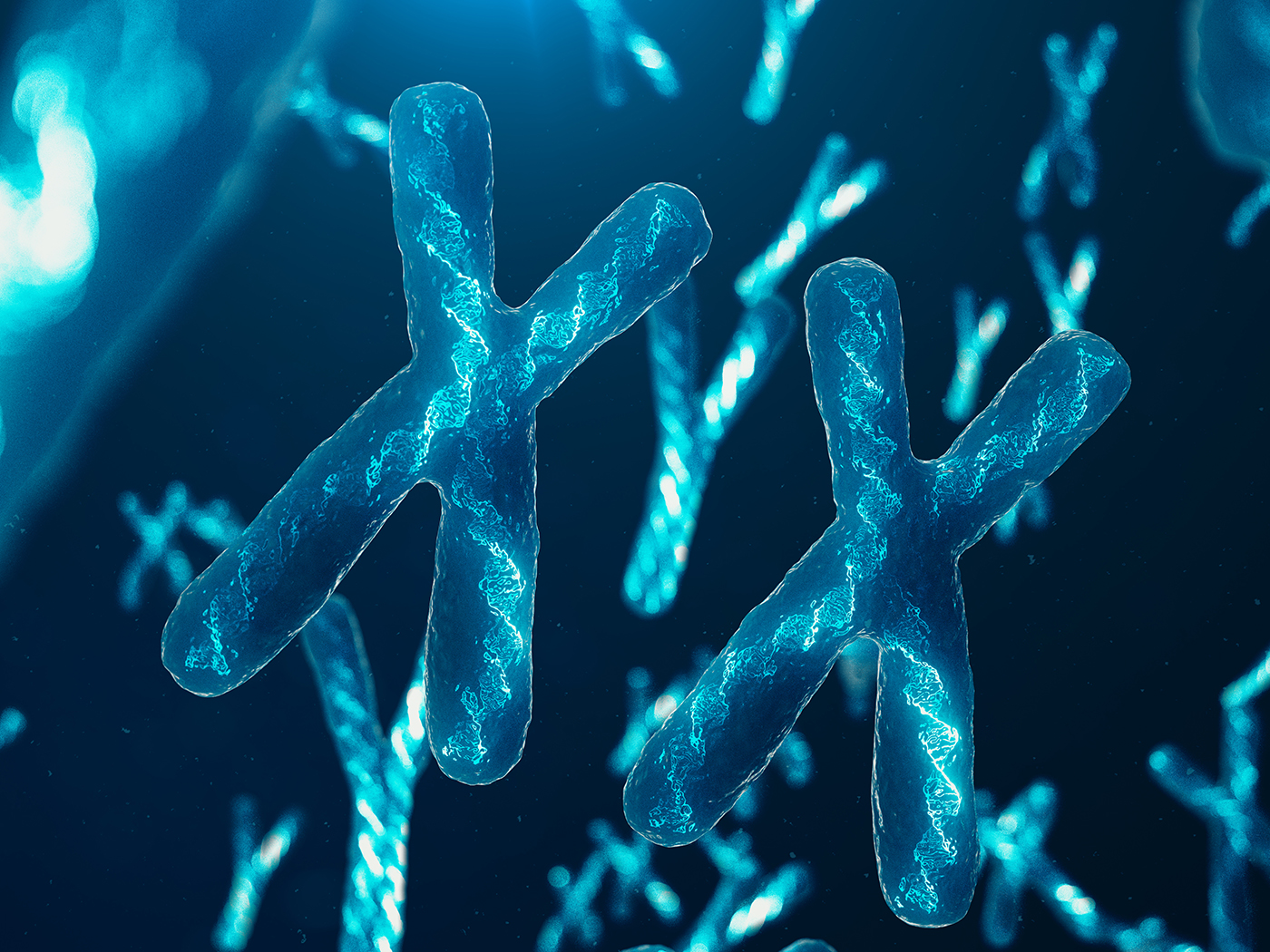Chimps are physically stronger than humans, as demonstrated in recent national news when a chimpanzee severely mauled a Connecticut woman. Police were forced to shoot and kill it after its owner failed to subdue it with a knife from her kitchen.1
Scientists are trying to find the source of this noteworthy strength in apes, and new research investigating the subject has turned up a uniquely human attribute.
Alan Walker, an evolutionary biologist at Pennsylvania State University, found “differences in muscle architecture between chimpanzees and humans.”2 His study suggests that humans have fine motor control that chimpanzees do not. This is made possible by the human nervous system, which is “wired” to muscles in a way that permits fine dexterity of movement. Walker hypothesized that this neuromuscular structure enables people to perform delicate physical operations, though it keeps them from exhibiting the brute strength of apes. In his report published recently in Current Anthropology, Walker stated, “It is clear that we do not contract all our muscle fibers at once. So there might be a degree of cerebral inhibition in people that prevents them from damaging their muscular system that is not present, or not present to the same degree, in great apes.”3
According to a Chicago Journals press release announcing Walker’s study, “chimps have much less grey matter in their spinal cords than humans have. More grey matter in humans means more motor neurons,” which regulate muscle movement.2 However, not only would humans need more grey matter to effect their greater muscular control, but those motor neurons must all be connected properly, according to an overall plan, to be effective. That plan, like many other features, appears to be unique to humans.
Evolutionary biologists insist that mankind “emerged” long ago from an ape-like ancestor, though there is no undisputed evidence to support this. Supposedly, the offspring of this ancestor followed different lines of descent—one line eventually became today’s chimpanzees and another became humans.
This story is contrary to biblical history, which states that the Creator specially made humans with features that set them apart from all other living things. And research has revealed uniquely human features that support the creation concept. Only humans have relative pitch,4 the ability to form precise words in communication,5 and chromosomal structures and DNA sequences that are unique to their kind.6 Along with the “wiring” of the human nervous system, these are all elements that would be expected if humans were made in the image of God, and not in the image of an ape.
References
- Chimpanzee Attacks, Mauls Connecticut Woman Before Being Killed by Police. Fox News. Posted on foxnews.com February 17, 2009, accessed April 8, 2009.
- The Secret to Chimp Strength. Chicago Journals press release, March 23, 2009.
- Walker, A. 2009. The Strength of Great Apes and the Speed of Humans. Current Anthropology. 50 (2): 229-234.
- Thomas, B. “Relative Pitch” Is Human. ICR News. Posted on icr.org September 3, 2008, accessed April 8, 2009.
- Anderson, D. Parrot prodigy. Creation Ministries International Featured Article. Posted on creation.com March 7, 2007, accessed April 13, 2009.
- The Chimpanzee Sequencing and Analysis Consortium. 2005. Initial sequence of the chimpanzee genome and comparison with the human genome. Nature. 437 (7055): 69-87.
* Mr. Thomas is Science Writer at the Institute for Creation Research.
Article posted on April 16, 2009.

























